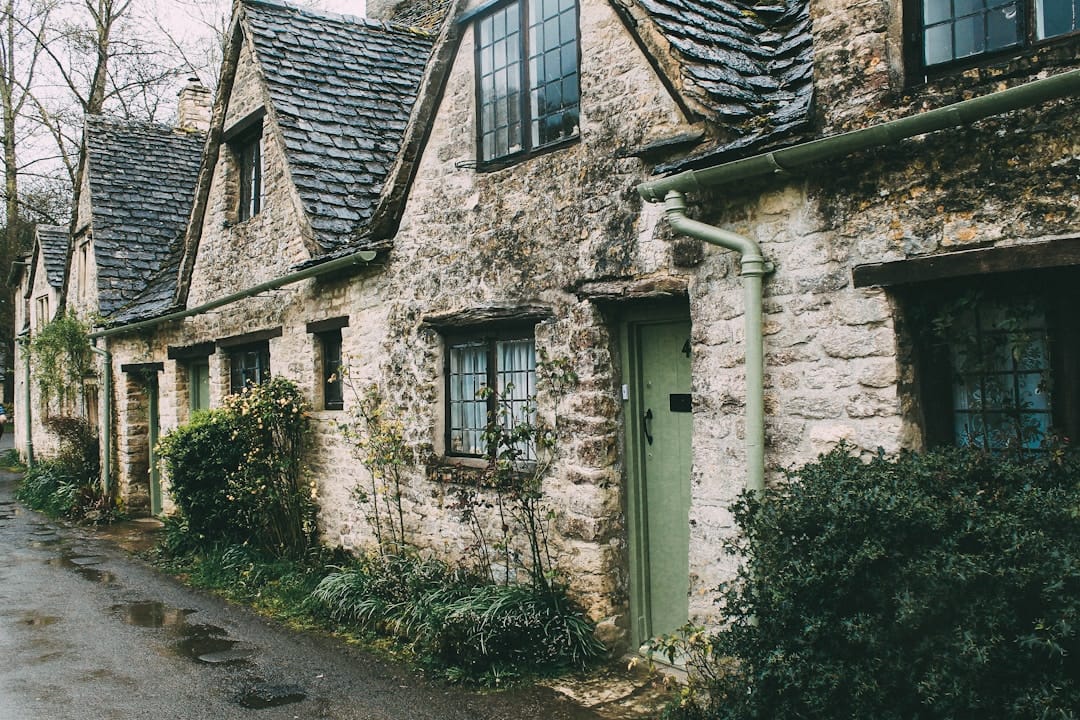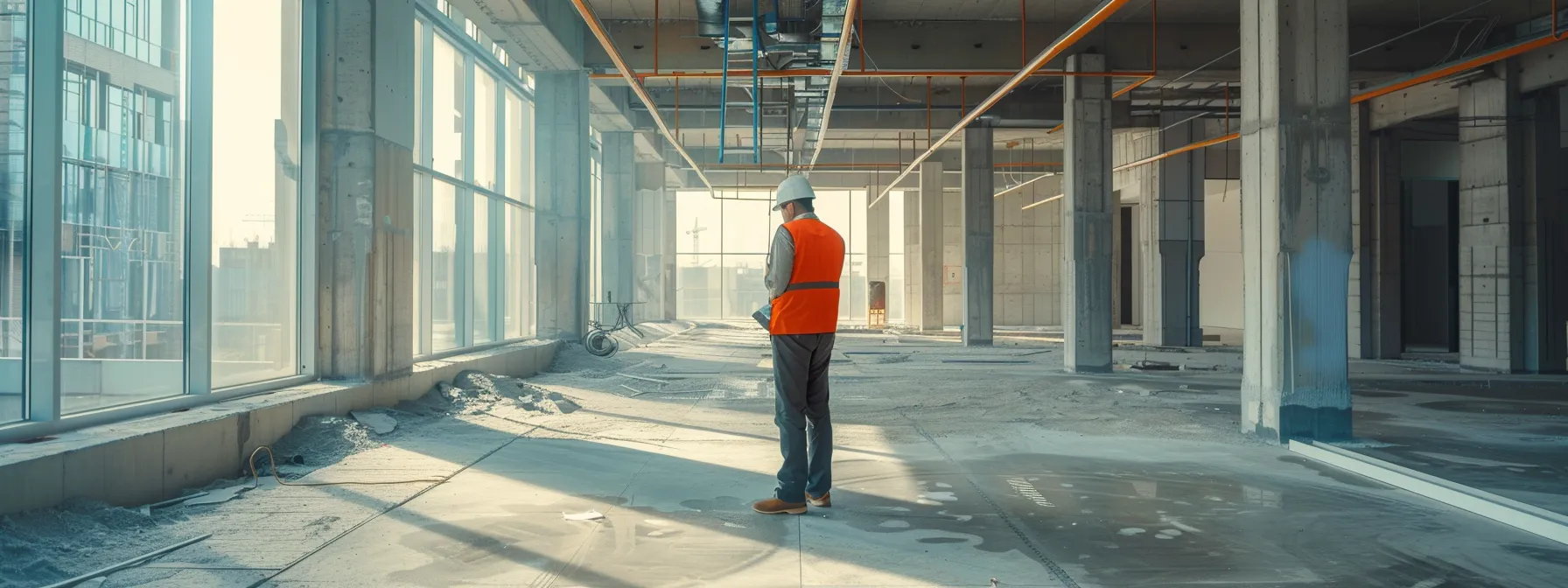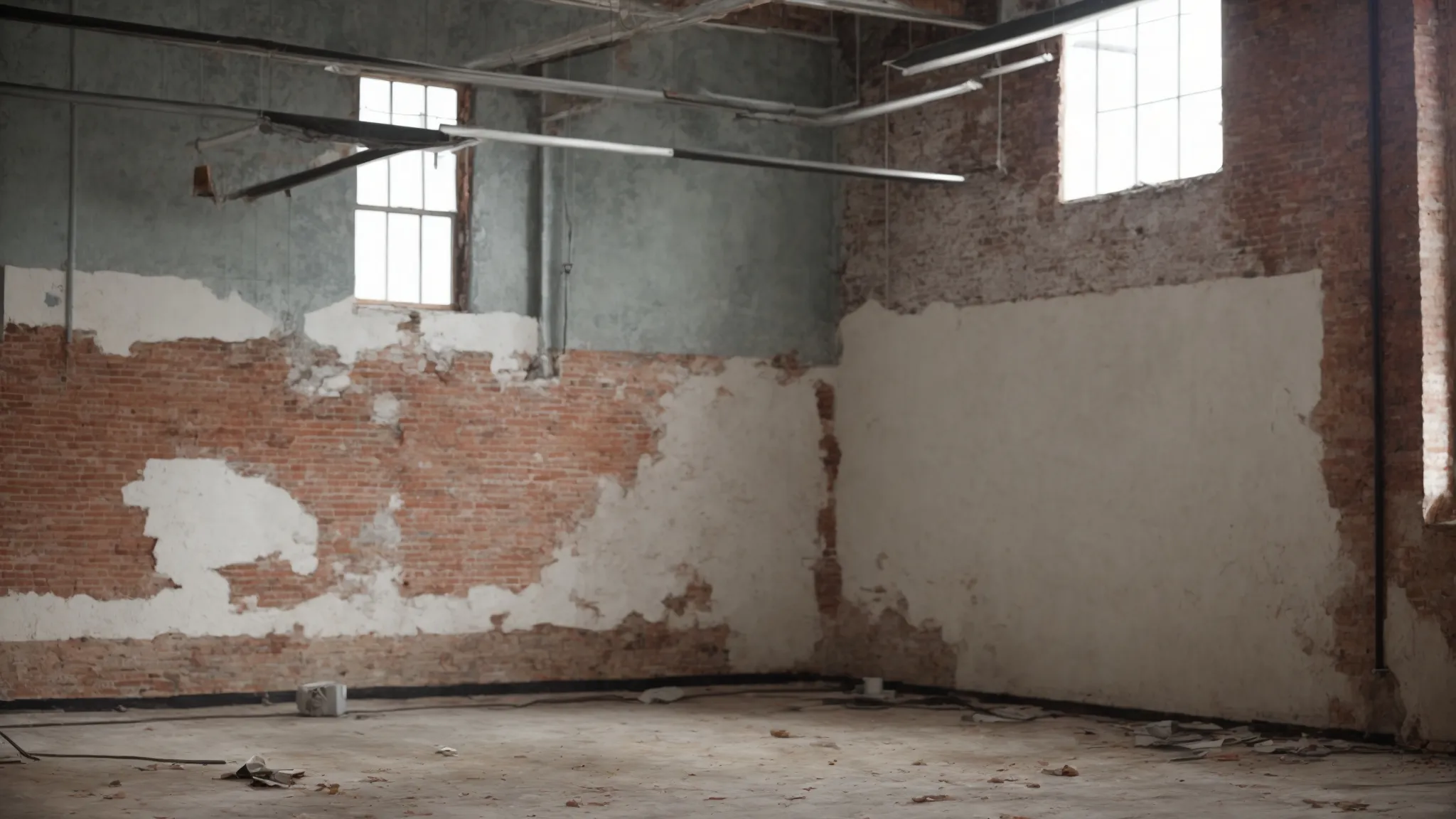Resources for Restoring an Old Office Building
Reviving an old office building can be an exhilarating project that merges history with modern functionality. These structures often hide unique architectural gems and hold the potential for creating a distinctive workplace environment. Restoring an older building, however, involves navigating a series of structural, design, and legal challenges. In this article, we’ll explore some valuable resources and important considerations that can help ensure a successful restoration. Keep reading to discover how to bring new life to an older office structure while honoring its past.
Understanding the Basics of Old Office Building Restoration

Restoring an old office building requires preserving its historical charm while ensuring it meets modern safety and comfort standards. The process starts with assessing the building’s structural health, including its foundation and roof, and researching its architectural history. Original blueprints and historical records can guide the preservation of essential design elements, often with input from architects specializing in historic buildings.
Upgrading energy efficiency and other features demands careful planning to avoid compromising the building’s character. One critical aspect is the roof, as it protects the structure from weather damage. Engaging commercial roofing services experienced in older buildings ensures the roof is restored authentically and functions effectively for years to come.
Hiring the Right Team for Your Office Restoration Project
Building the right team is key to a successful restoration project. Start by hiring architects and contractors experienced in historic buildings, as their expertise is crucial for addressing unique challenges. Specialists like master carpenters, stonemasons, or glaziers skilled in historical techniques can help preserve the building’s authenticity while enhancing its structural integrity.
For interior updates, consider using a workplace design showroom to find ideas that balance the building’s historical charm with modern functionality. Clear communication among team members, regular meetings, and a shared vision for the project will ensure the restoration stays on track and delivers the desired results.
Key Considerations for Evaluating the Structure and Design
The restoration of an old office building involves a structural engineer’s assessment to identify areas that may compromise its integrity, such as load-bearing walls and balcony conditions. The renovation work should be tailored to these concerns. The design of the building may not be suitable for modern office use, requiring reconfiguration while maintaining historical features. Efficiency upgrades like lighting, electrical wiring, and plumbing require innovative solutions that respect the building’s original design.
Accessibility is crucial, especially for older buildings that may not meet current disability access standards. Creative planning is necessary to install elevators, ramps, and accessible restrooms without detracting from the building’s historical aesthetic. The choice of materials used in the restoration must match or mimic the original to maintain a unified look, ensuring consistency throughout the building.
Essential Resources for Material Sourcing and Authenticity

In office building restoration, sourcing the right materials is crucial to maintain authenticity. Reputable vendors and craftsmen can supply specific types of wood, stone, metalwork, or glass that match the building’s period. Historical societies and preservation groups can provide valuable information and contacts for finding authentic materials and furnishings. Networking with these organizations can help uncover hidden resources and provide guidance based on similar restoration projects.
Online marketplaces and auctions can also be valuable for hard-to-find architectural elements, such as ornate doorknobs, carved wooden panels, or period-appropriate light fixtures. In cases where original materials are unavailable or cost-prohibitive, skilled artisans can create carefully crafted replicas, ensuring the spirit of the original design is preserved without compromising on quality.
Navigating Legal Requirements and Historic Preservation Standards
Understanding the legal landscape is crucial for restoring old office buildings. Many jurisdictions have specific codes and standards that protect historical properties, and understanding these requirements and necessary permits can prevent legal complications. Historic preservation standards dictate what can and cannot be altered in a structure, and consultants specializing in this field can provide advice on conforming to these standards.
Tax incentives or grants may be available for restoration, but they often come with their own stipulations and paperwork. Engaging with a grant writer or financial consultant knowledgeable in this area can be beneficial. Community engagement, including local residents and businesses, can also influence the success of the project. Transparent communication about the project’s intentions and benefits can foster goodwill and aid in a smoother process.
Altogether, the restoration of an old office building is a complex but rewarding endeavor. It requires a careful blend of respect for the past and adaptation for the future. With the right resources, team, and knowledge of legal and historical guidelines, an old office can become a functional, beautiful space that stands as a testament to both its history and its future potential.




